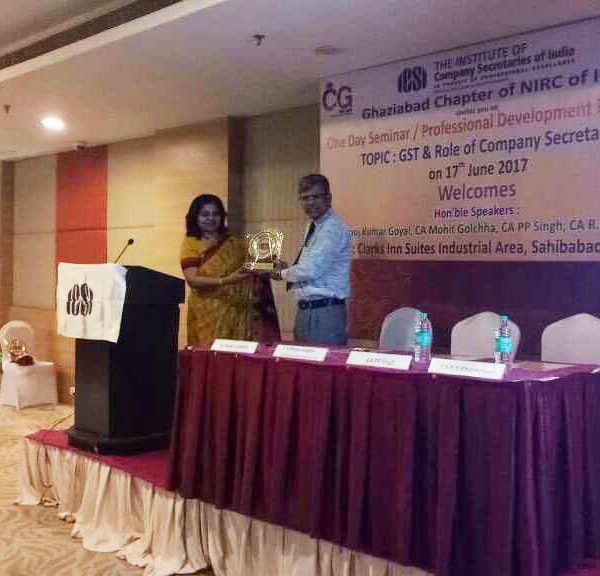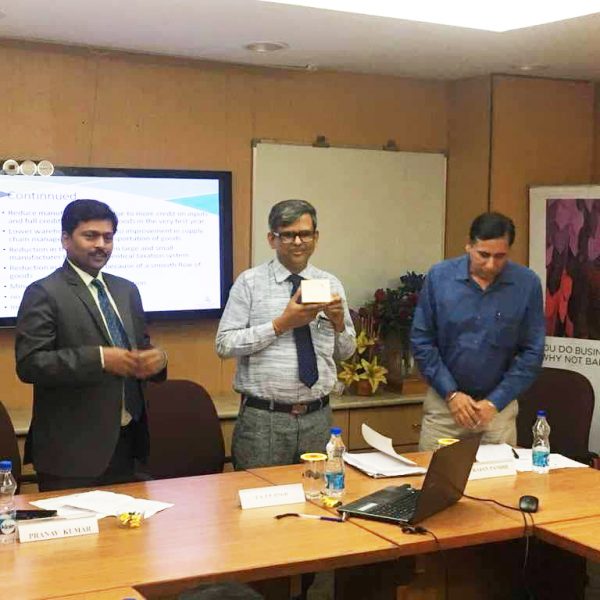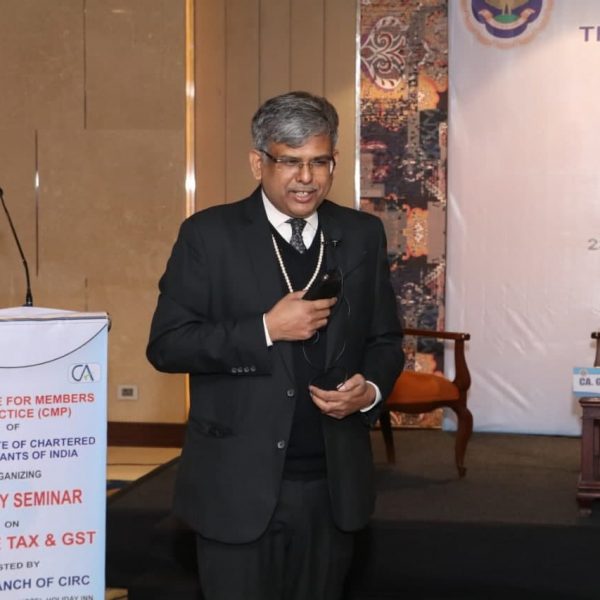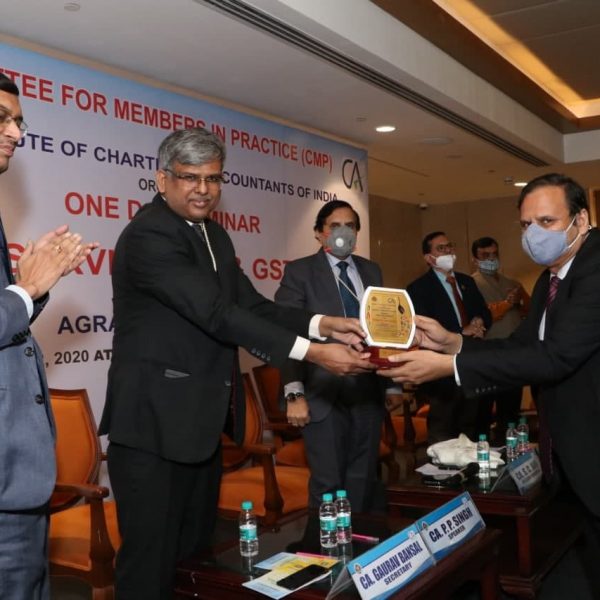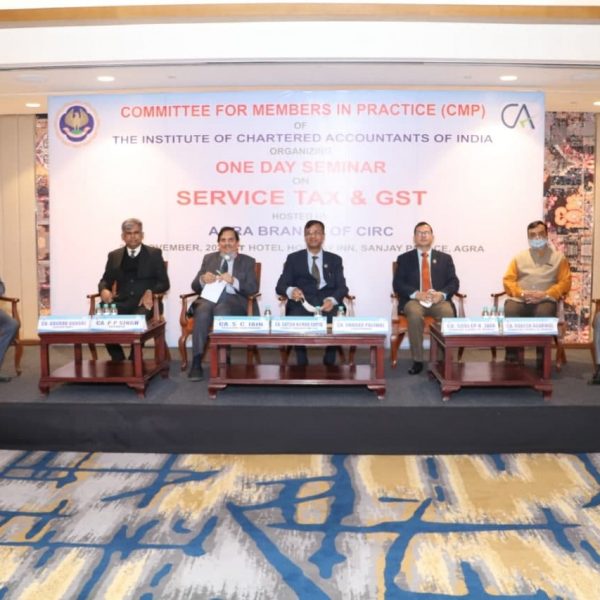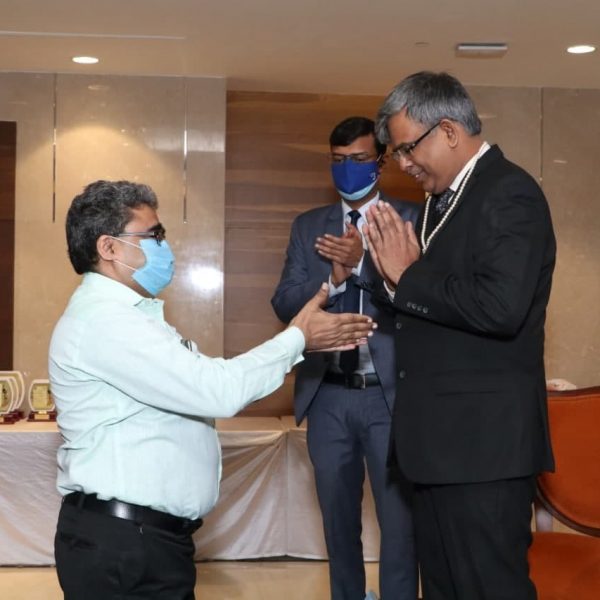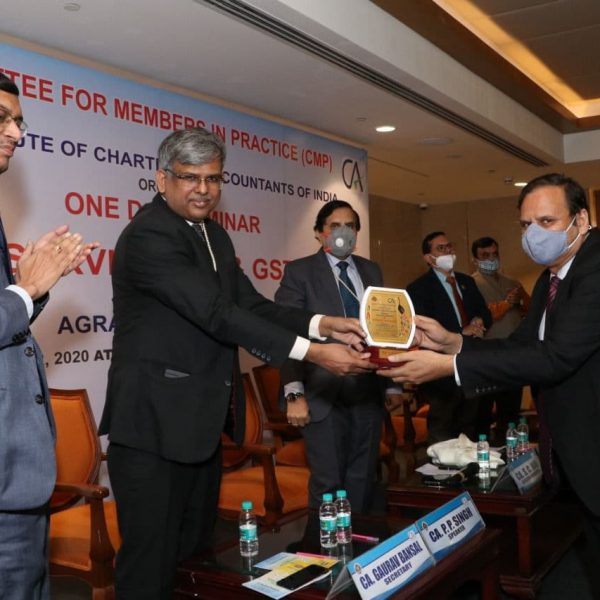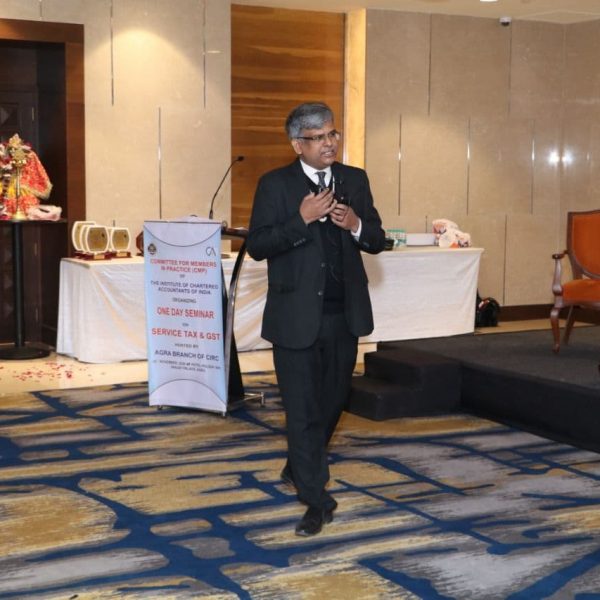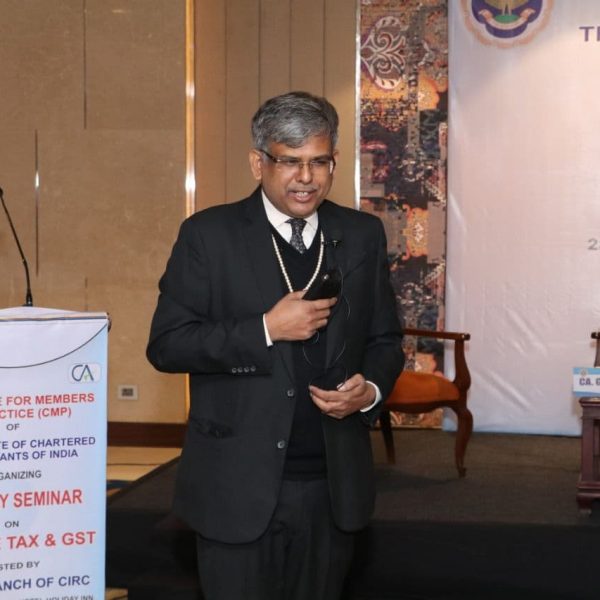Introduction: According to the Indian Constitution, the Parliament and the State Legislatures can make laws or amend existing laws within their jurisdictional competency. The power to amend the Constitution is only with the Parliament. However, the power of Parliament to amend the Constitution is not absolute and unrestricted but subject to without altering the basic framework of the Constitution. As per the Basic Structure Doctrine of the Indian Constitution, any amendment that tries to change the basic structure of the Constitution is invalid and can be declared void by the apex court.
Meaning of Basic Structure Doctrine of the Indian Constitution
The term “Basic Structure” is not found anywhere in the Constitution of India. The idea that the Parliament cannot introduce laws that would amend the basic structure of the Constitution evolved gradually over time in many cases. The idea is to preserve the nature of Indian democracy and protect the rights and liberties of people. This Basic Structure doctrine of the Indian Constitution helps to protect and preserve the spirit of the constitution document. It was the Kesavananda Bharati Vs. State of Kerla And anr. (SC) on 24 April 1973 case that brought this doctrine into the limelight. It held that the “basic structure of the Indian Constitution could not be abrogated even by a constitutional amendment”. The judgment listed some basic structures of the constitution such as:
- Supremacy of the Constitution
- Unity and Sovereignty of India
- A democratic and republican form of government
- Federal character of the Constitution
- Secular Character of the Constitution
- Separation of power
- Individual freedom
Over time, many other features have also been added to this list of basic structural features. Some of them are:
- Rule of law
- Judicial review
- Parliamentary system
- Rule of equality
- Harmony and balance between the Fundamental Rights and DPSP
- Free and fair elections
- Limited power of the parliament to amend the Constitution
- Power of judicial review by the Supreme Court of India under Articles 32, 136, 142 and 147
- Power of judicial review by the High Court under Articles 226 and 227
Any law or amendment that violates these principles can be struck down by the SC on the grounds that they distort the basic structure of the Constitution.
Evolution of the Basic Structure Concept:
The concept of the basic structure of the Constitution evolved over time.
Shankari Prasad v. Union of India (SC) (1951)
Agrarian reforms were swiftly challenged across the High Courts of the country on the grounds that it violated the fundamental right-right to property. While the Allahabad and Bhopal High Courts validated such reforms. The Patna High Court declared the Bihar Land Reforms Act 1950 unconstitutional and violative of Article 13(2) of the Indian Constitution. Later on, by the first constitutional amendment, Articles 31-A and Article 31B were inserted to validate the agrarian reforms.
Issue: validity of the first amendments on the grounds that with the insertion of A-31-A and A-31-B, the two provisions limited the scope of the right to hold property- a fundamental right. It was contended that the first amendment also violated Article 13(2), which is deemed as a protector of fundamental rights. further, issues were raised that whether the parliament can amend the constitution. Can the fundamental rights be amended?
Decision:
On one hand, Article 368 gave the legislature the power to amend the constitution at the same time Article 13 (2) put restrictions on the same. As per article 13(2), “The State shall not make any law which takes away or abridges the rights conferred by this Part and any law made in contravention of this clause shall, to the extent of the contravention, be void”. The Supreme Court in this case used the doctrine of harmonious construction in an attempt to resolve the conflicting provisions. It was concluded that the word ‘law’ in Article 13 (2) is for ordinary laws and not constitutional laws. Thereby limiting the extent of ‘law’ under Article 13 (2). This also meant that the parliament had exclusive power under Article 368 to amend the constitution including the fundamental rights under Part III of the constitution. The apex court validated Articles 31-A & 31-B and also upheld the validity of the agrarian land reforms.
Sajjan Singh vs State of Rajasthan(1965)
In 1951, several State legislative measures were passed for giving effect to a policy of agrarian reformIn order to save the validity of those Acts as well as of other Acts which were likely to be struck down, Parliament enacted the Constitution (Seventeenth Amendment), Act 1964, by which Art. 31A was again amended and 44 Acts, were added to the Ninth Schedule( no review by a court). The petitioners in the Writ Petitions in Supreme Court, and interveners, were persons affected by one or other of those Acts. They contended that none of the Acts by which they were affected could be saved because the Constitution (Seventeenth Amendment) Act was constitutionally invalid. It was urged that :
- Since the powers prescribed by Art. 226, which is in Chapter V, Part VI of the Constitution, were likely to be affected by Seventeenth Amendment, the special procedure laid down in the proviso to Art. 368, namely’ requiring the ratification by not less half the number of States, should be followed;
- The decision in Sri Sankari Prasad Singh Deo v. Union of India and State of Bihar, [1952] S.C.R. 89, which negatived such a contention when dealing with the First Amendment, should be reconsidered;
- The Seventeenth Amendment Act was a legislative measure in respect of land and since Parliament had no right to make a law in respect of land, the Act was invalid Since the Act purported to set aside decisions of the Court of competent jurisdiction, it was unconstitutional.
Held: In dealing with such a question, the test to be adopted is to find the pith and substance of the impugned Act. So tested it is clear that the Constitution (Seventeenth Amendment) Act amends the fundamental rights solely with the object of removing obstacles in the fulfillment of a socio-economic policy. Its effect on Art. 226 is incidental and insignificant. The Act, therefore, falls under the substantive part of Art. 368 and does not attract the proviso.
- there was no justification for reconsidering Shankari Prasad’s case In this case, also, the SC held that the Parliament can amend any part of the Constitution including Fundamental Rights.
- Parliament in enacting the impugned Act was not making any provision of land-Legislation but was merely validating land-Legislation already passed by the State Legislatures in that behalf.
- The power conferred by Art. 368 on Parliament can be exercised both prospectively and retrospectively. It is open to Parliament to validate laws that have been declared invalid by courts.
- The power to amend the constitution conferred by Art. 368, includes the power to take away the fundamental rights guaranteed by Part III. The power to amend is a very wide power and cannot be controlled by the literal dictionary meaning of the word “amend”. The expression “amendment of the Constitution” plainly and unambiguously means an amendment of all the provisions of the Constitution.
- Once again, it was said that Article 13 is just limited to ordinary laws and not the constitutional amendment, whereas the scope of Article 368 is limited to constitutional law.
- It is noteworthy to point out that two dissenting judges, in this case, remarked whether the fundamental rights of citizens could become a plaything of the majority party in Parliament.
Golak Nath And Ors. vs State of Punjab (1967)
In this case, the court reversed its earlier stance that Fundamental Rights can be amended.
It said that Fundamental Rights are not amenable to the Parliamentary restriction as stated in Article 13 and that to amend the Fundamental rights a new Constituent Assembly would be required.
Also stated that Article 368 gives the procedure to amend the Constitution but does not confer on Parliament the power to amend the Constitution. This case conferred upon Fundamental Rights a ‘transcendental position’.
The majority judgment called upon the concept of implied limitations on the power of the Parliament to amend the Constitution. As per this view, the Constitution gives a place of permanence to the fundamental freedoms of the citizens.
In giving to themselves the Constitution, the people had reserved these rights for themselves.
Kesavananda Bharati v. State of Kerala case (1973)(SC)
This was a landmark case in defining the concept of the basic structure doctrine.
The SC held that although no part of the Constitution, including Fundamental Rights, was beyond the Parliament’s amending power, the “basic structure of the Constitution could not be abrogated even by a constitutional amendment.”
This landmark judgment implied that the parliament can only amend the constitution and not rewrite it. The power to amend is not the power to destroy.
This is the basis in Indian law in which the judiciary can strike down any amendment passed by Parliament that is in conflict with the basic structure of the Constitution.
Indira Nehru Gandhi v. Raj Narain case (1975)(SC)
Here, the SC applied the theory of basic structure and struck down Article 329-A(4), which was inserted by the 39th Amendment in 1975 on the grounds that it was beyond the Parliament’s amending power as it destroyed the Constitution’s basic features.
The 39th Amendment Act was passed by the Parliament during the Emergency Period. This Act placed the election of the President, the Vice President, the Prime Minister, and the Speaker of the Lok Sabha beyond the scrutiny of the judiciary.
This was done by the government in order to suppress Indira Gandhi’s prosecution by the Allahabad High Court for corrupt electoral practices.
Note: Later on this article 329A(4) was repealed 44th amendment act 1978 w.e.f 20-06-1979.
Minerva Mills v. Union of India Court case (1980)
This case again strengthens the Basic Structure doctrine. The judgment struck down 2 changes made to the Constitution by the 42nd Amendment Act 1976, declaring them to be violative of the basic structure.
The judgment makes it clear that the Constitution, and not the Parliament is supreme.
In this case, the Court added two features to the list of basic structure features. 1. judicial review and 2.balance between Fundamental Rights and DPSP.
The judges ruled that a limited amending power itself is a basic feature of the Constitution.
Waman Rao v. Union of India, (1981) (SC)
The SC again reiterated the Basic Structure doctrine.
It also drew a line of demarcation of the Kesavananda Bharati judgment and held that it should not be applied retrospectively to reopen the validity of any amendment to the Constitution which took place prior to that date.
In the Kesavananda Bharati case, the petitioner challenged the Constitution (29th Amendment) Act, 1972, which placed the Kerala Land Reforms Act, 1963, and its amending Act into the 9th Schedule of the Constitution.
The 9th Schedule was added to the Constitution by the First Amendment in 1951 along with Article 31-B to provide a “protective umbrella” to land reform laws.
This was done in order to prevent them from being challenged in court.
Article 13(2) says that the state shall not make any law inconsistent with fundamental rights and any law made in contravention of fundamental rights shall be void.
Now, Article 31-B protects laws from the above scrutiny. Laws enacted under it and placed in the 9th Schedule are immune to challenge in a court, even if they go against fundamental rights.
The Waman Rao and others vs. UOI (1981)(SC) case Supreme Court considered the constitutionality of Articles 31A and 31B and held that amendments made to the 9th Schedule until the Kesavananda judgment are valid, and those passed after that date can be subject to scrutiny.
Indra Sawhney and Union of India (SC)(1992)
SC examined the scope and extent of Article 16(4), which provides for the reservation of jobs in favour of backward classes. It upheld the constitutional validity of 27% reservation for the OBCs with certain conditions (like creamy layer exclusion, no reservation in promotion, the total reserved quota should not exceed 50%, etc.)
Here, ‘Rule of Law’ was added to the list of basic features of the constitution.
S.R. Bommai v. Union of India ([1994] 2 SCR 644 : AIR 1994 SC 1918 : (1994)3 SCC1)
In this judgment, the SC tried to curb the blatant misuse of Article 356 (regarding the imposition of the President’s Rule on states.
In this case, there was no question of constitutional amendment but even so, the concept of basic doctrine was applied.
The Supreme Court held that policies of a state government directed against an element of the basic structure of the Constitution would be a valid ground for the exercise of central power under Article 356.
Conclusion: it is one of the important tools in the hand of the higher judiciary to review the amendment in the constitution and anything amending the constitution beyond the basic framework is ultra-vires.

